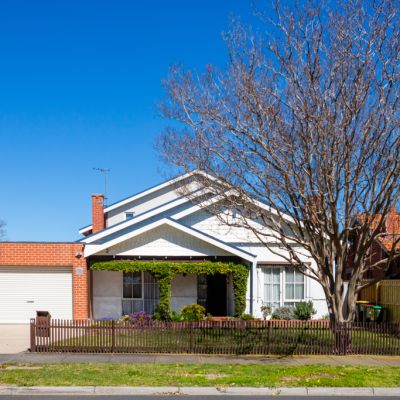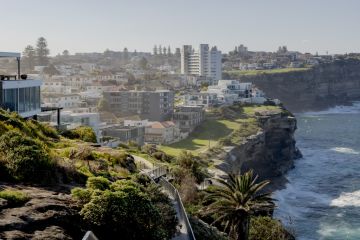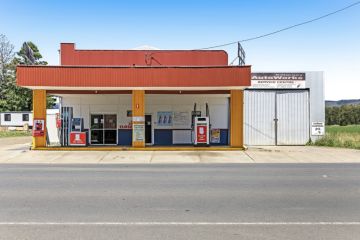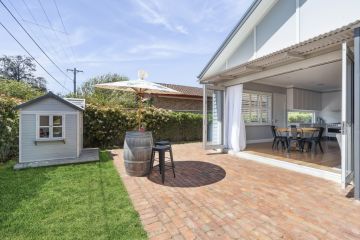November interest rate announcement: RBA lifts cash rate by 25 basis points to 2.85 per cent
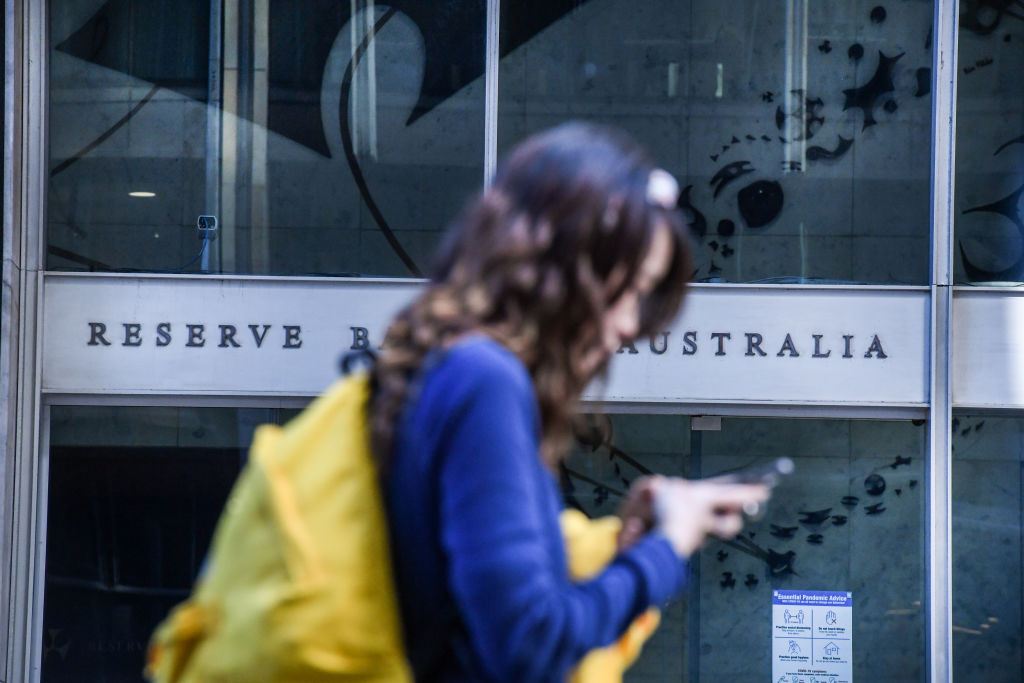
The Reserve Bank of Australia (RBA) has chosen to lift the interest rate by just 25 basis points – the same rise as in October – for the seventh increase in as many months.
The cash rate will now sit at 2.85 per cent, although another rate rise is still looming on the horizon in December, just in time for Christmas.
Some economists were predicting a bigger 50 basis point rise coming out of the RBA board meeting on Tuesday following the release of the latest inflation rate last week of 7.3 per cent in the third quarter, up from 6.1 per cent in the second, and above the market forecasts of 7 per cent.
“The central bank sometimes has to be the bad boy at the party, taking away the punchbowl in the early hours of the morning,” said David Plank, the head of the ANZ Bank’s Australian economics team. “They just can’t allow inflation to get embedded, as we all know the long-term costs of that can be very significant.
Estimated monthly home loan repayments |
|||||
| Home loan principal | 4.75% variable rate | 5% variable rate | 5.25% variable rate | 5.5% variable rate | 5.75% variable rate |
| $500,000 | $2,608 | $2,684 | $2,761 | $2,839 | $2,981 |
| $750,000 | $3,912 | $4,026 | $4,142 | $4,258 | $4,377 |
| $1,000,000 | $5,216 | $5,368 | $5,522 | $5,678 | $5,836 |
| $2,000,000 | $10,433 | $10,736 | $11,044 | $11,356 | $11,671 |
| Estimates are based on a 30-year principal and interest loan. Fees and charges are excluded, and this information is intended as a guide only. | |||||
Source: Domain Home Loans Repayment Calculator
Estimates are based on a 30-year principal and interest loan. Fees and charges are excluded. Information is intended as a guide only.
“But the RBA doesn’t want to be seen as flip-flopping and the reasons they set out for the 25-point rise last month still apply today.”
Price rises have been fuelled, according to the Australian Bureau of Statistics (ABS), by higher prices for food, new dwelling construction and petrol. With the RBA wanting to contain inflation to a 2 per cent to 3 per cent band, the actual figure is still a long way off that goal.
But the real pain would come from higher unemployment rather than an interest rate that more closely resembles a normal housing market, Peter Tulip, chief economist at the Centre for Independent Studies, believes.
“The rise of 25 points is disappointing as my vote would have been for 50 points or even 75,” he said. “With underlying inflation at its highest level in decades and rising quickly, maintaining a negative real cash rate, which is interest rates below inflation, is hard to justify, especially as we see further strong upward pressure on major components like wages, rents, imports and energy.
“The increase in rates so far is not nearly enough to get the economy back on target soon. It hasn’t even been enough to raise the exchange rate, the most important channel by which monetary policy influences inflation. There remains a large risk that expectations of inflation will start to adapt to recent price increases. If expectations do rise, a large increase in unemployment will be needed. We have a choice between a sharp increase in interest rates now or an even larger increase if we delay. The former would be less painful and less risky.”
How much would your monthly home loan repayments go up if interest rates rise? |
||||
| Home loan principal | 0.25% increase | 0.50% increase | 0.75% increase | 1.00% increase |
| $500,000 | $76 | $153 | $232 | $310 |
| $750,000 | $114 | $230 | $346 | $465 |
| $1,000,000 | $152 | $306 | $462 | $620 |
| $2,000,000 | $303 | $611 | $923 | $1,238 |
Source: Domain Home Loans Repayment Calculator
Estimates are based on a 30-year principal and interest loan with an initial variable interest rate of 4.5% per annum. Fees and charges are excluded. Information is intended as a guide only.
He believes the cash rate needs to quickly rise to about 4 per cent to keep the low 3.5 per cent unemployment rate steady, and it will plateau at about 4.25 per cent. “People focus too much on the pain of interest rate rises,” he said. “But the real pain is unemployment.”
The ANZ has revised its prediction of the peak cash rate from 3.35 per cent to 3.85 per cent. “The RBA communication over the last year or so hasn’t been clear at times and there’s obviously a lot going on,” said Plank. “There has been a lot of uncertainty and we won’t know the effect of the interest rate rises until next year.

“That high CPI gives them less scope for a pause in December which could be a blow for Christmas sales, but there will be a natural pause in January when the RBA board doesn’t meet.”
With the expiry dates for fixed rate mortgages fast approaching, more people will now notice the effect of the jump in interest rates, says Domain Home Loans chief executive Kareene Koh. It will also make for a much tougher Christmas.
“The 25-point rise was certainly much preferred from a consumer perspective but there is still another meeting before the end of the year, and the strong possibility of another rate rise,” she said. “It’ll be hard for December and I think the RBA will be watching consumers’ reaction carefully.
“But they do want people to pull back on spending. While they don’t have any choice with things like energy and food prices, they have more scope to cut back on discretionary spending at Christmas and for holidays. But after COVID, Australians are enjoying getting out and travelling so the timing isn’t great for this.”
Koh advises people to conduct a financial health check, revisiting their home loan to make sure they’ve got the best rate possible, trying to keep a savings buffer in place, and reviewing their personal expenditure on a regular basis. “If you start trimming around the edges, it’ll make you readier for more rate rises ahead,” she said.
We recommend
We thought you might like
States
Capital Cities
Capital Cities - Rentals
Popular Areas
Allhomes
More
- © 2025, CoStar Group Inc.


